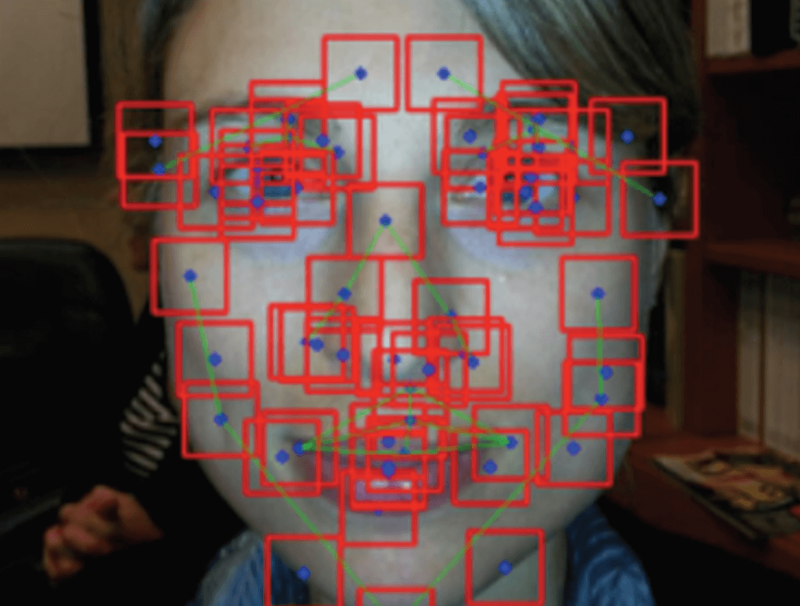Many genetic conditions have a “face”—a distinctive constellation of features that provides a clue to a potential diagnosis. But identifying disease by observing a patient’s features, a practice known as dysmorphology, is one of geneticists’ biggest challenges.
The most skilled dysmorphologists tend to be older doctors who’ve been around the block, which makes sense; the more patients you see over a lifetime, the more features you observe. But even the most experienced practitioners haven’t laid eyes on every disease out there.
…
Face2Gene, a facial recognition software tool, can aid in rare disease diagnosis. Face2Gene compares pictures of a patient’s face with those of disease composites and returns a series of potential diagnoses, from most plausible to least.
…
Of the more than 7,000 known genetic syndromes, Face2Gene estimates that up to half have a distinct facial pattern that can be learned and used for diagnosis. Down syndrome, for example, is among the most common and is therefore easier to diagnose. But rarer conditions can prove more challenging.
The GLP aggregated and excerpted this blog/article to reflect the diversity of news, opinion, and analysis. Read full, original post: Diagnosing Disease with a Snapshot































